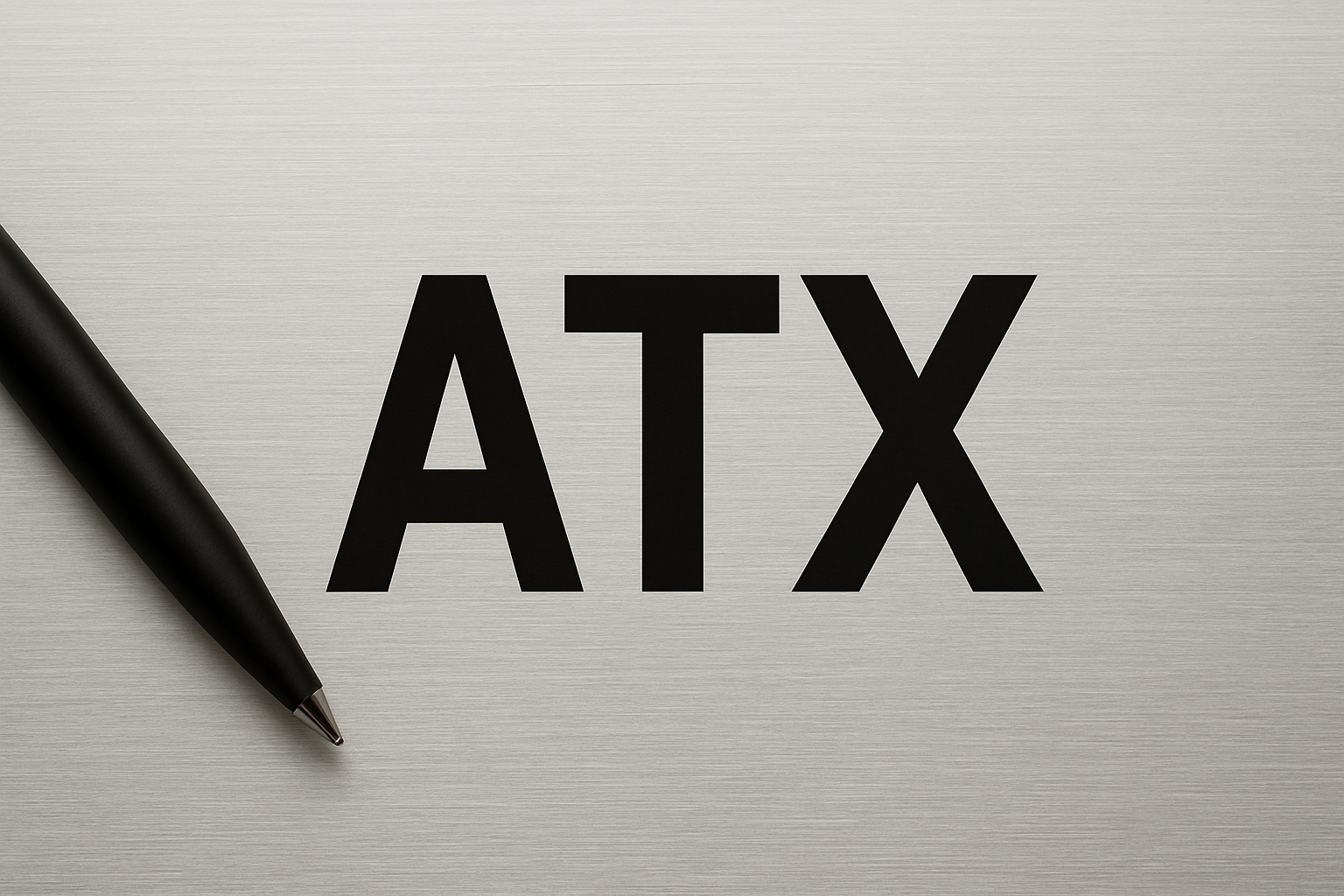The abbreviation for pieces is “pcs”, a simple yet powerful shorthand that makes communication faster and clearer. Whether in inventory management, product listings, or everyday documentation, “pcs” is the standard abbreviation for pieces used across industries worldwide.
In this article, we’ll explore what “pcs” means, how it’s applied in different contexts, and why understanding this abbreviation is essential for accuracy and efficiency.
Abbreviation For Pieces
The abbreviation for pieces is “pcs.” In this blog post, we’ll delve into its origin, practical applications, and the significant impact this small abbreviation can have on boosting efficiency. Whether you’re navigating a professional setting or engaging in everyday communication, this concise shorthand proves to be a valuable tool for saving time and enhancing productivity.
How to Pronounce Pieces
The abbreviation “pcs” is pronounced by enunciating each letter individually: “P,” “C,” and “S.”
Spoken as “pee-see-ess,” this pronunciation ensures clear and precise communication across different settings.
The Meaning of Pieces
“Pieces” symbolize the essence of connection and completeness in our lives. They represent the fragments that weave together our stories and experiences. These elements hold profound meaning and can be observed in various aspects of human existence, whether through personal life events, artistic expressions, or interpersonal relationships.
Synonyms For Pieces
In everyday language, there are numerous synonyms for the term “pieces” that you might come across, including:
- Fragments
- Segments
- Parts
- Portions
- Sections
- Chunks
- Bits
The Origins of the Word
The term “pieces” originates from Middle English, which itself was derived from the Old French word “piece,” meaning a specific part or segment. Initially, the word was primarily used to refer to fragments or sections. However, as the English language evolved, so did the word’s versatility and scope.
Over time, “pieces” became a term with broader applications, seamlessly fitting into modern language to describe everything from abstract concepts in creative works to tangible components in practical use. Its adaptability highlights its enduring relevance, standing as a linguistic relic that continues to thrive despite sociolinguistic transformations.
Usage of Abbreviation for Piece
The abbreviation “pcs” is widely used to represent the word “pieces” in various industries, including inventory management, sales, and manufacturing. By using “pcs,” communication becomes more efficient, eliminating the need for lengthy descriptions. For example, you might write “50 pcs” of an item in a warehouse or “12 pcs of chocolates” in a retail store.
This abbreviation not only conserves space but also proves invaluable in both formal and informal contexts. It helps minimize misunderstandings in business transactions and ensures clarity in product descriptions, particularly in online retail environments.
Usage of Piece Abbreviation
Full Word
- She carefully arranged the scattered glass “pieces” into a beautiful, intricate mosaic.
- Lovers referred to the word puzzle, where the “pieces” fit together to create something beautiful.
- During the renovation, old furniture “pieces” were uncovered, adding a vintage touch to the space.
- The hardware store organized screws, bolts, and other small “pieces” of hardware into labeled baskets for easy access.
Abbreviation
- Get the “pcs” of computer accessories you’ve been searching for today.
- The artist packed her prints with care, ensuring all 10 “pcs” arrived intact.
- Shoppers eagerly awaited the mobile phones, each packaged in a box containing 2 “pcs.”
- During the holiday season, the factory produced numerous toy cars, measured in “pcs.”
Frequently Asked Questions
Although “pcs” is widely used, certain industries may have their own unique abbreviations. It’s essential to refer to specific industry standards or guidelines to ensure accuracy.
An example of proper usage is: “We need 20 pcs of this component for the project.”
Yes, various languages use their own abbreviations. For instance, “pcs” is commonly used in French, while in German, “Stk.” (short for “Stücke”) is typically used.
In formal academic writing, it’s usually advisable to avoid abbreviations. However, “pcs” can be used in less formal contexts or when space is constrained, such as in charts or tables.
The correct and widely accepted way to abbreviate pieces is “pcs.” This abbreviation is commonly used in inventory lists, parts catalogs, packaging labels, and technical documentation to represent a count of individual items.
For example, instead of writing “100 pieces,” you would write “100 pcs.” This not only saves space but also ensures clarity and standardization in both professional and casual contexts.






